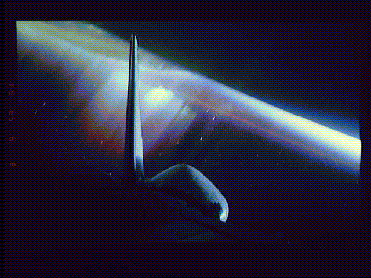 | |||||
           |
The Aurora
Earth's aurora occurs at polar latitudes in an oval-shaped region. Its properties are under investigation by space physicists; the Fast Auroral SnapshoT Explorer has provided a wealth of data that is currently being used to revise theories about its nature. Please see publications or nuggets that have come from analysis of FAST data. The level of global auroral activity is roughly related to the magnetic activity on the sun, which increases and decreases periodically every 11 years. The year 2000 included the peak of the solar cycle's 11-year period. Earth's magnetic field is affected by solar events (solar wind shocks), which can cause auroral displays. When an aurora becomes more active, often the auroral oval expands and widens with aurora moving both towards the pole and towards the equator. The visible aurora is created by energetic electrons colliding with the molecules and atoms low in the upper atmosphere (100 - 200 km), causing the excitation of these gases. But the energetic electrons responsible for depositing this energy to the lower atmosphere are accelerated much higher (2000 - 10,000 km). Thus FAST was launched into an orbit that takes it to 4175 km at its apogee, right into the lowest regions of particle acceleration. In An Overview of the Fast Auroral SnapshoT (FAST) Mission, Pfaff et. al. wrote, ....Most theories involve an electric field component parallel to (or along) the magnetic field direction to accelerate charged particles down, along the magnetic field lines, into the upper atmosphere. The magnetic field lines found in space around the earth, however, are such excellent conductors of electricity that conventional theories predict that they should promptly short circuit any "parallel" electric field that might produce acceleration. Thus, such parallel electric fields would only exist in small spaces and for short times. In order to observe these fundamental, though short-lived, processes, the FAST instrumentation requires high temporal resolution. Some of the questions about the aurora that FAST scientists are studying include (from Pfaff et. al.):
For more information about the aurora: NASA Images of the Aurora
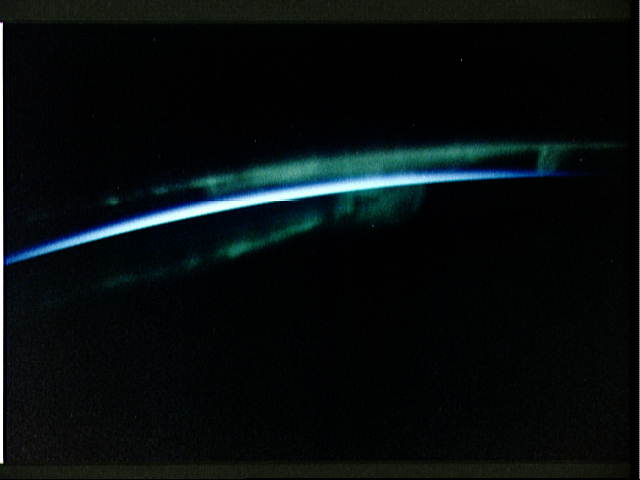
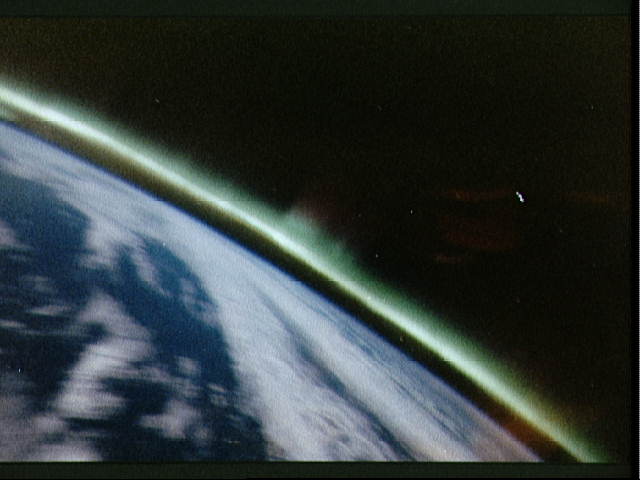
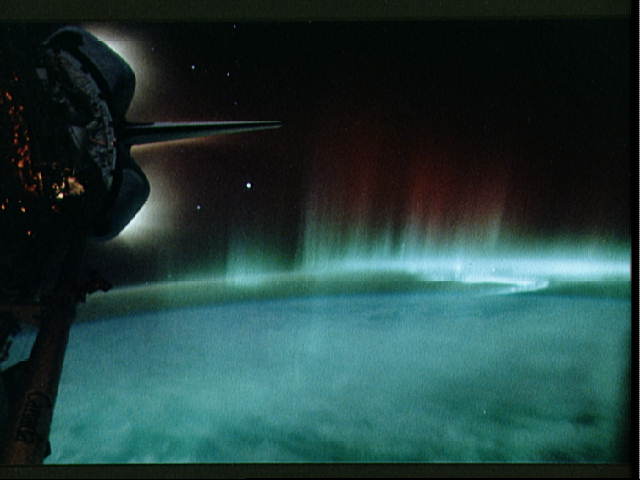
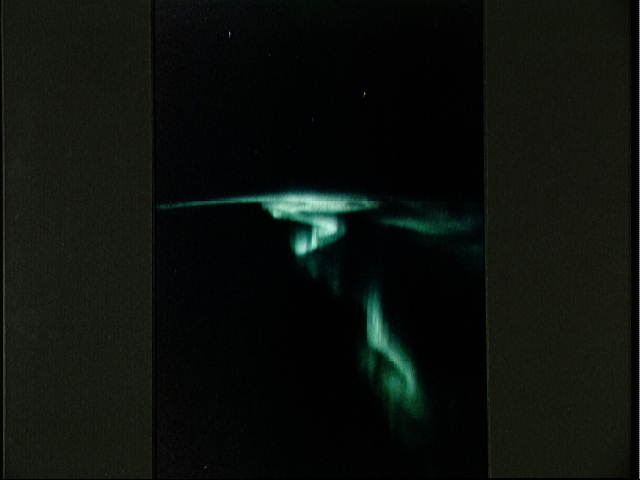

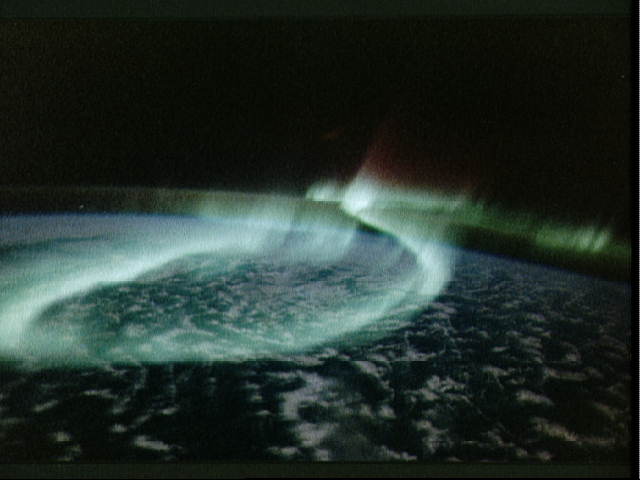

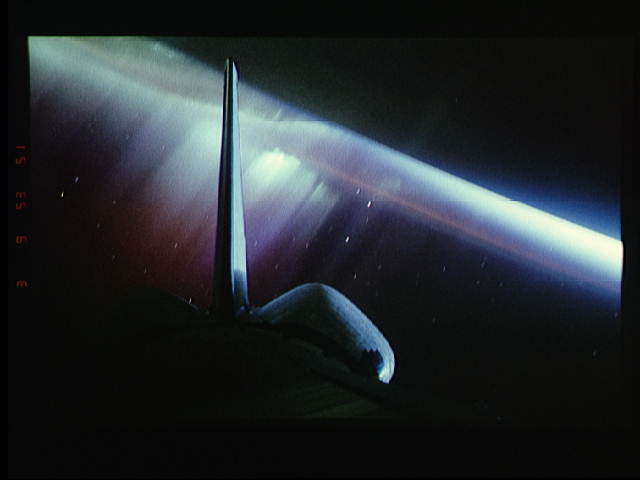
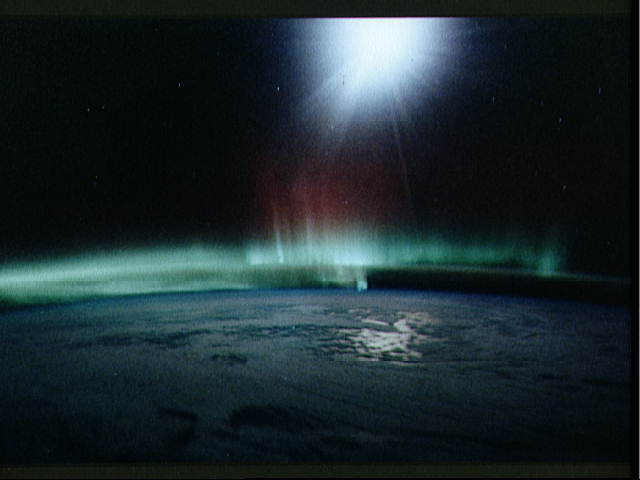
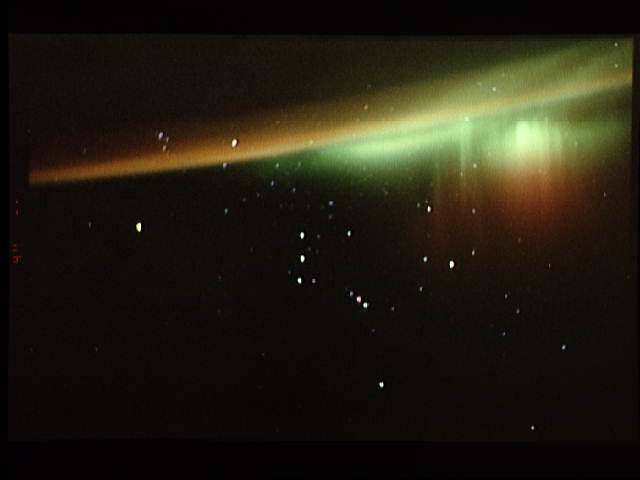
Webpage maintained by Webster. | ||||
